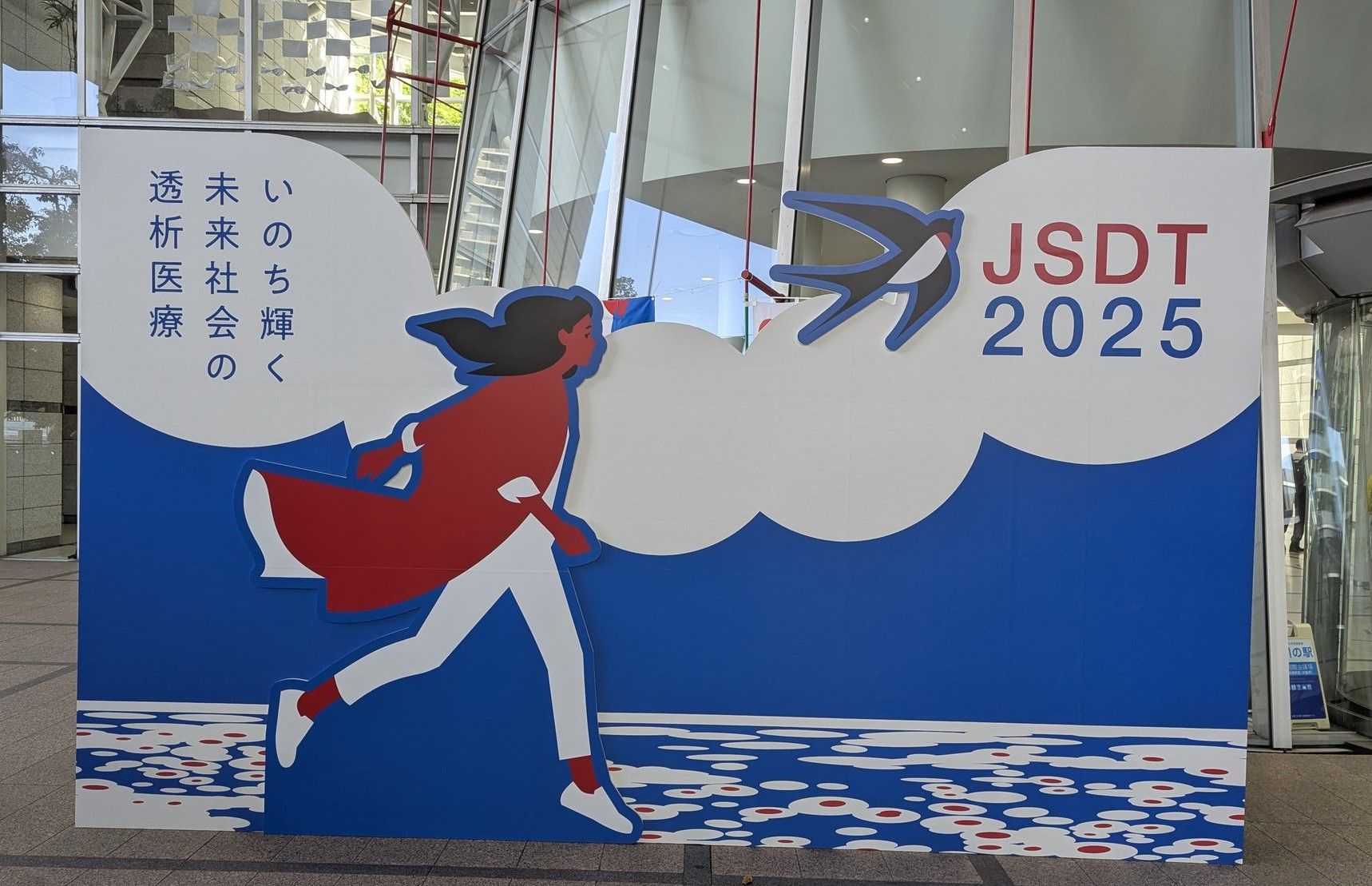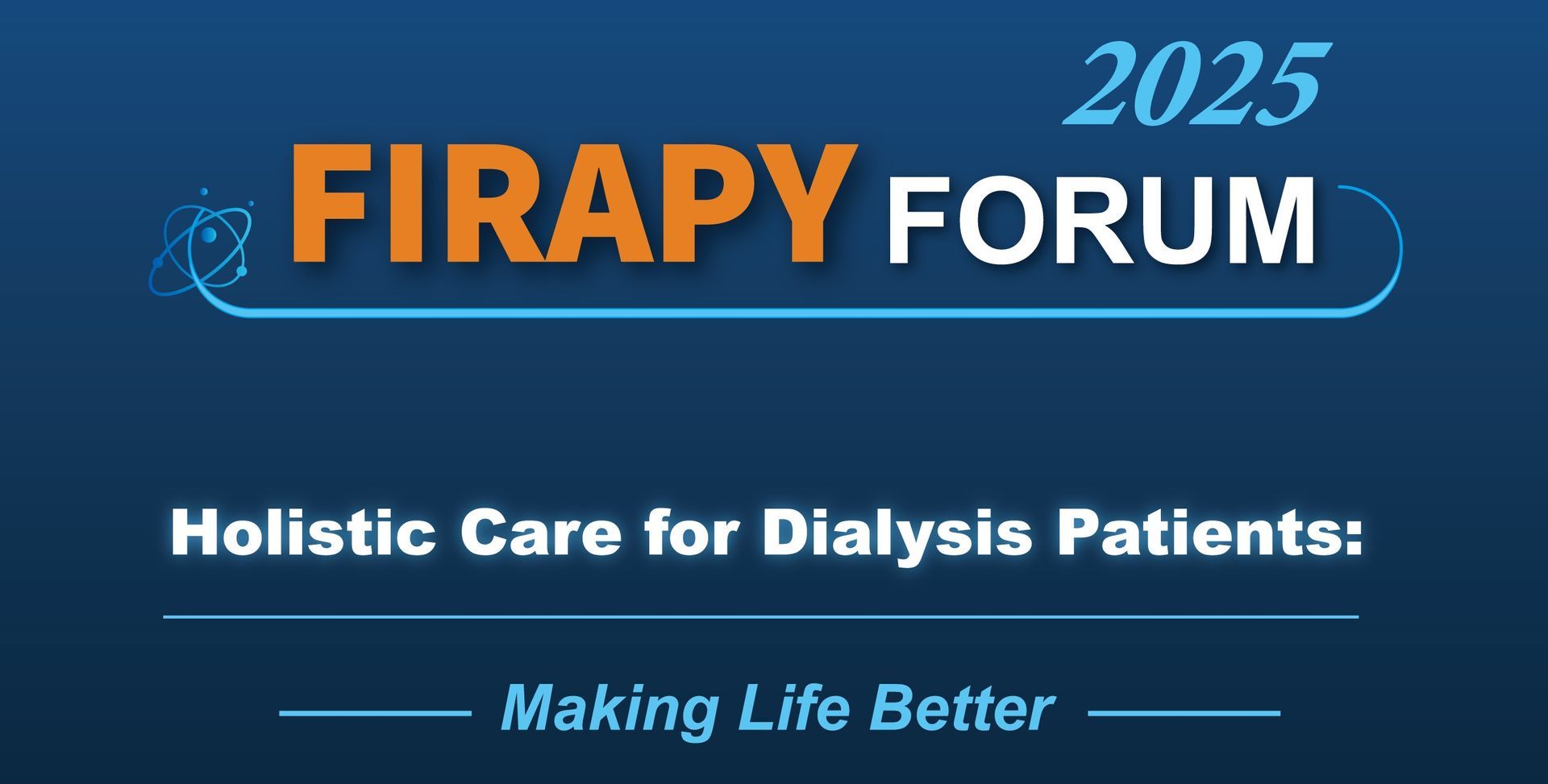Application experiences in the hemodialysis center
Dr. Yong-Xiang Hong
Taipei Neihu Hong Yong-Xiang Clinic, President
Tri-service General Hospital, Department of Nephrology, Clinic Physician
I operate a private dialysis center in Neihu, Taipei. I endeavor to improve the quality of dialysis, and prolong the life-span and care of the blood vessels in hemodialysis patients. After consulting several senior physicians specializing in nephrology and cardiovascular surgery, and reading through some national and international medical reports, I chose Firapy (WS™ Far-infrared Therapy Unit) as a method to improve fistula quality. Six months into providing the treatment, I have identified the following benefits for the dialysis room:
1. The one-month period following the fistula creation is the optimal period for rehabilitation
The adherence to physician instruction for performing the handgrip rehabilitation exercise during the time between day three to a month after the fistula surgery affects fistula elevation, which is critical for future hemodialysis. However it is difficult for elderly men and women to properly perform the ball-squeeze handgrip exercise because of their fear of pain at the operation site and physical weakness.
Far infrared therapy provides an optimal alternative for vascular rehabilitation. We apply the therapy for 40 minutes during patients’ dialysis sessions on every patient in our dialysis center after their fistula procedures. It is extremely beneficial for blood flow and vein elevation, especially for patients with poor vascular quality, including elderly patients, diabetic patients, bed ridden stroke patients who cannot perform the handgrip maneuver.
2. Decreases venous pressure during hemodialysis
After prolonged hemodialysis, the fistula develops numerous stenotic points, causing a gradual increase in venous pressure during hemodialysis. During dialysis, the venous pressure elevates with increased rate of blood flow; therefore the rate of blood flow has to be decreased to a correspondingly lower venous pressure. However, low blood flow results in inadequate hemodialysis and obstructs the dialyzer. In situations like this, a 40-minute treatment significantly decreases the venous pressure, providing sufficient time to obtain consultation from vascular surgery in treating vascular stenosis.
3. An outstanding therapy for cannulation-related vascular erosion and ulcer, and difficult recovery
In each hemodialysis session, two cannulations are applied to a segment of the fistula, adding up to six cannulations per week and 312 cannulations per year. The number is greater if unsuccessful cannulations by nurses are included. Understandably, when a small segment of blood vessel receives more than 300 punctures per year, the fistula is bound to have a limited life-span despite applying thorough protection. The segment of the fistula eventually develops vascular problems including erosion, ulcer and difficulty in stopping bleeding. Prior to the introduction of the device, the only measure was to terminate the life of the old fistula and consult with a surgeon to create a new fistula. However, Firapy (WS™ Far-infrared Therapy Unit) benefits the eroded, ulcerated, and difficult-to-heal vessels, and prolongs the life-span of the fistula.
Personally, I find these are the most prominent contributions by Firapy (WS™ Far-infrared Therapy Unit) in my dialysis room.
Want to know more?
Contact us for more detail





